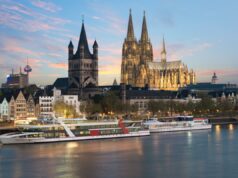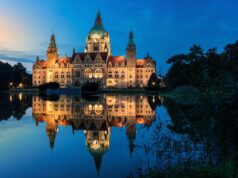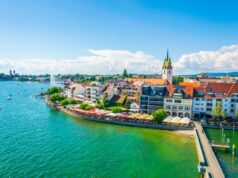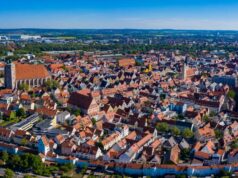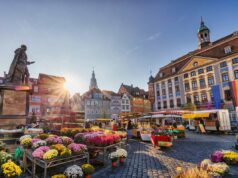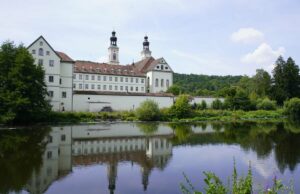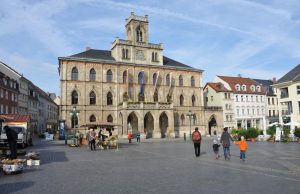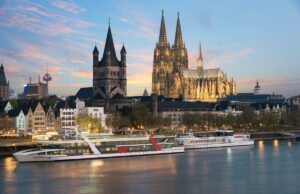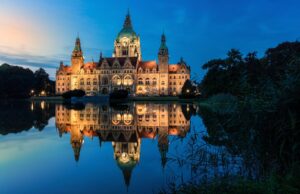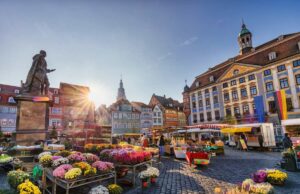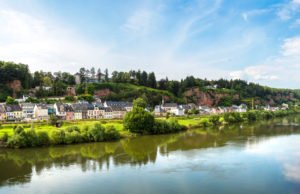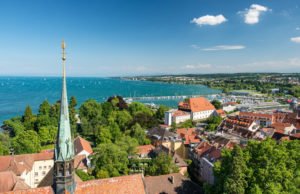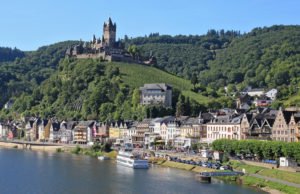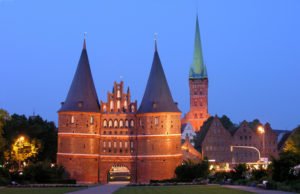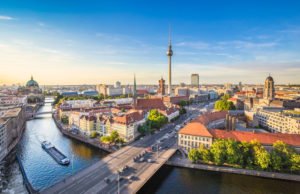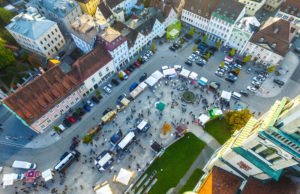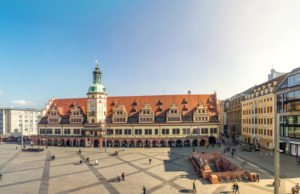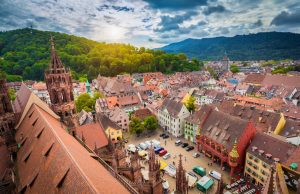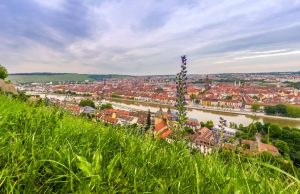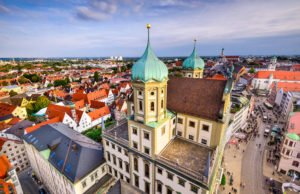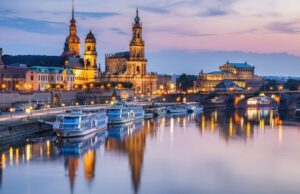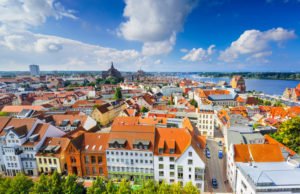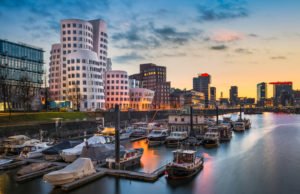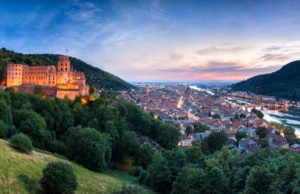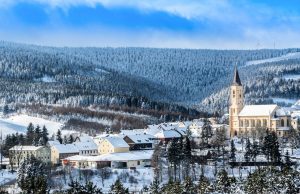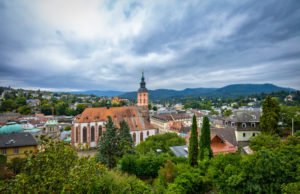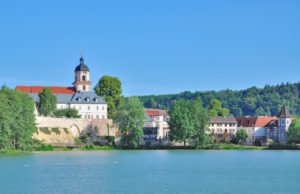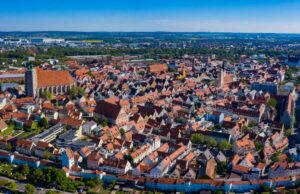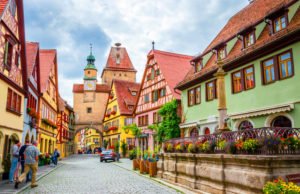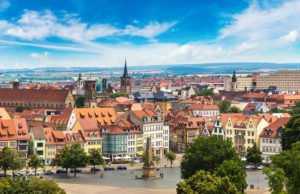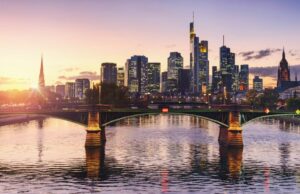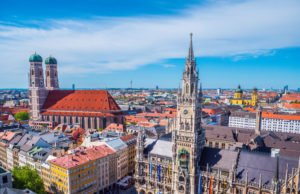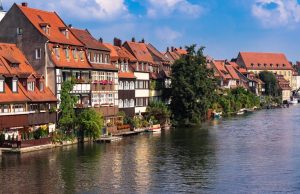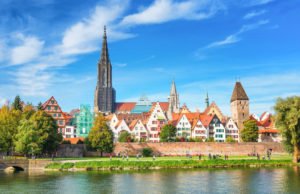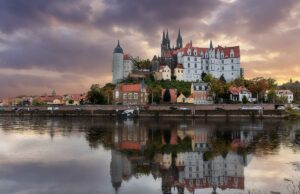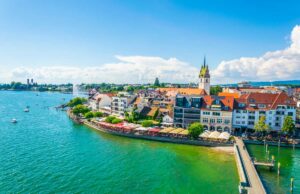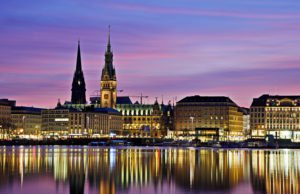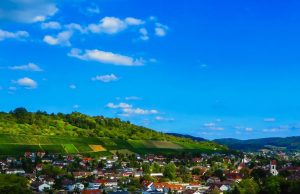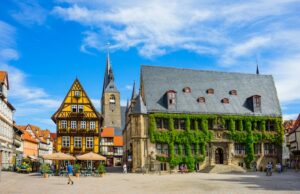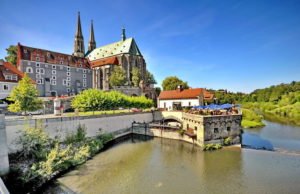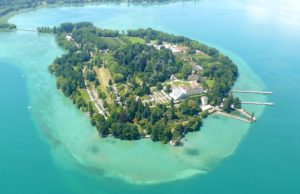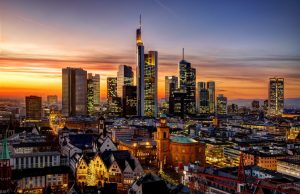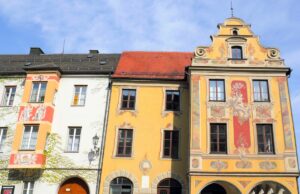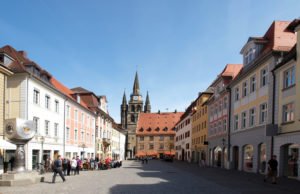The city of Dresden and the surrounding countryside has a long and complex history, dating back to the Middle Ages. The city has been through a great deal of change over the centuries, and has been sacked and rebuilt several times. Dresden suffered particularly bad damages during the Thirty Years’ War, and later during the World War II bombings that destroyed much of the city centre.
Despite all this, Dresden has managed to retain its beauty and status as a cultural centre. The city is home to many famous museums and art galleries, as well as a number of historic buildings. Both, the historic town centre and the surrounding country are not to be missed.
Baroque treasures
Most of the sights in Dresden and the countryside around date back to the baroque area when Saxony came to wealth and power under the rule of elector Augustus the Strong who simultaneously was King of Poland. The baroque architecture of Dresden is among of the finest in Germany and still serves as testimony to Augustus’ lasting legacy. The city has beautiful churches, such as the Frauenkirche (Church of Our Lady), which was rebuilt after being destroyed in World War II. Other notable baroque buildings include the Zwinger Palace and the Semperoper (the opera house).
Nowadays, the Zwinger is home to an impressive museum. The gallery displays a large collection of paintings from the great masters. The jewel of the collection is Raffael’s Sistine Madonna, one of the pinnacles of Renaissance art. The Zwinger also holds Augustus the Strong’s collection of Chinese porcelain which does not only contain vases and dishes but also masterful figurines and statues.
Art and Nature in Dresden and the nearby countryside

Whether you are a connoisseur of art or enjoy basking in the beauties of nature – Dresden and the surrounding countryside have a lot to offer. Here are some of the sites you definitely should not miss:
Moritzburg Castle is a beautiful place which dates back to the 16th century. The area around the scenic castle is a beautiful park. Inside the castle, you will find a number of interesting exhibits, including a porcelain collection.
Meissen is home to the famous Meissen porcelain factory founded by an order from elector Augustus. You can take a tour of the factory and see the porcelain’s fabrication process. Meissen is also home to a number of museums and galleries.
Königstein Fortress is a fortress located on a plateau above the Elbe River in Saxony, Germany. The fortress has a long history, dating back to the 13th century. Today, the fortress is open to visitors and offers exhibitons on local history and historical military techniques. You can also visit the cellars below the fortress.
For a day trip, you may want to consider the Muskau Gardens at the German-Polish border. Earl Pückler, who had an interest in landscape architecture created the park in the 18th century. To this day, it remains a spectacular place for walks. The Chevalier’s House in the park also hosts exhibitions.
Saxon Switzerland National Park is a national park south of Dresden. Covering an area of 63 square kilometers, the park features stunning rock formations, dense forests, and numerous hiking trails. The park is also home to several endangered species of animals, such as otters and lynxes, making it a must-visit for any nature lover. Make sure to bring sturdy shoes!
The Elbe Valley is a UNESCO World Heritage Site and it’s easy to see why. The valley is full of picturesque villages, historic churches and castles. You can also take advantage of the valley’s many hiking and biking trails.
The Elbe Sandstone Mountains are a range of mountains which includes several peaks, such as the Kleiner Zschirnstein and the Grosser Zschirnstein. The mountains are popular with hikers and climbers and offer great views of Dresden and the Elbe River valley.
Dresden Zoo is one of the most popular zoos in Germany. The zoo has over 3,500 animals, including lions, tigers, elephants and giraffes. There is also a children’s petting zoo where kids can get up close and personal with some furry friends.

Eastern Germany’s Jewel
Dresden is probably one of the lesser known cities to visit in Germany. However, when you decide to stay there, you surely will come to appreciate its beauty. There is a reason why the city has the nickname “Elbflorenz” – “Florence on the Elbe”. Just like its Italian sister, Dresden and the countryside nearby have a history of famous patrons and even more famous artists. A history which remains alive.
Dresden and the countryside – FAQ
Absolutely! The historic city features some of the most beautiful baroque architecture in Germany. The museums display impressive collections, and the surrounding landscape is simply stunning.
Although you can get a glimpse of the glorious past of the city during a day, you may want to consider staying longer, especially if you want to explore the beautiful countryside, too.
There a number of places to see around Dresden. Among them are the Saxonian Switzerland National Park, the Elbe Valley, or Moritzburg Castle.


